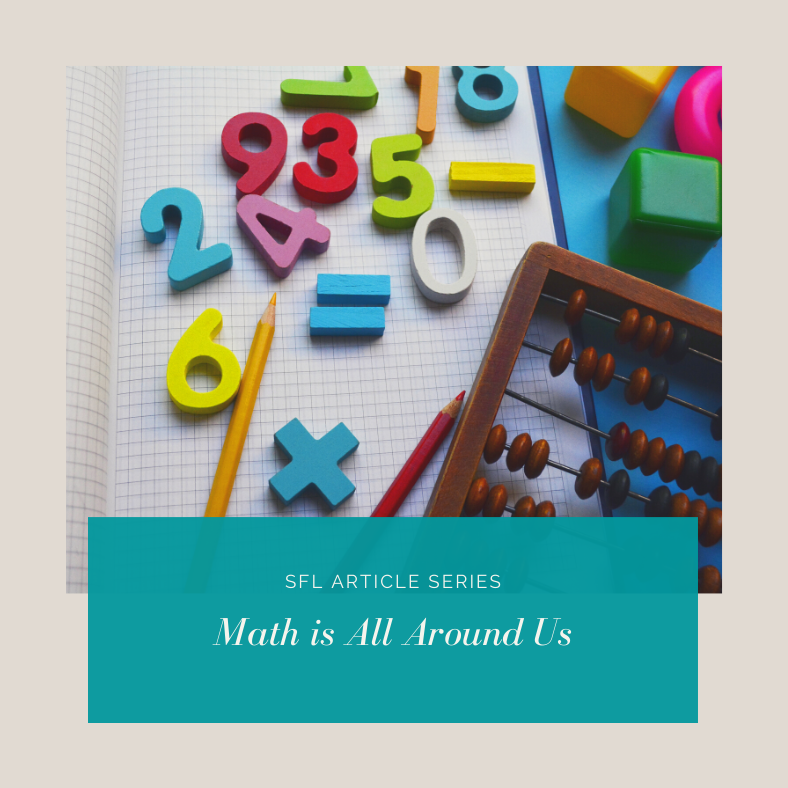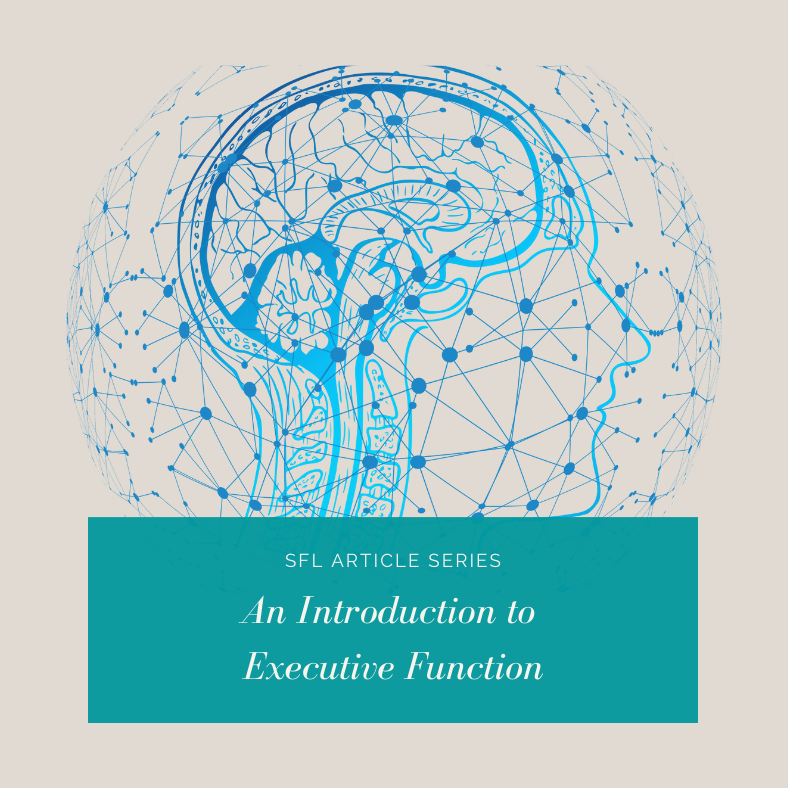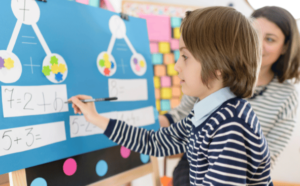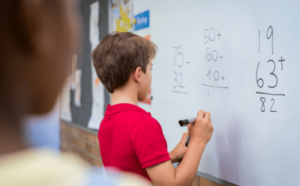No products in the cart.

Susan Spurlock, Clinician at Strategies for Learning
When we think about math learning, we imagine our children learning in the classroom, but math surrounds us in our daily lives, and we learn its foundational principles in our early years at home. We learn to quantify (count) when we set the table for dinner, earn an allowance, or share cookies with siblings. We explore patterns with building blocks or coloring. We use our self-constructed knowledge of geometry to aim a ball at its target or stack objects.
All of this is a rich body of experience on which to build, and children learn best when learning happens in the context of these understandings. Our at-home environmental learning about math continues as we go through life. Parents are in an ideal position to support the building of math understanding and increase motivation for school math studies.
When math is taught using only pencil and paper to notate its abstract concepts, students cannot learn optimally. We need context- real or “like real” situations, and objects we can hold that represent the abstract concepts of math.
Below are a few ideas for you to use with your children at home. Each idea can be extended (made more complex) or scaffolded (simplified) depending on your child.
Giant Cardboard Box Store
If your children like to play with boxes, support them in creating a store out of a large box. They can create their own currency in simple or complex denominations that you can print for them, and make price charts for whatever they are selling. They may want to make things to sell using found materials. When the adults or older children in the house line up to purchase items, asking the store owner to estimate total costs or amount of change is a deep and challenging math task. Learning to count back change is a useful skill for any age.
Building Together
The best way to learn measurement is doing construction. Children can help measure and mark as well as cut pieces for curtain rods, book shelves or doll houses. You can scaffold for the child by marking the tape measure if they need help finding half inch marks, or challenge the child by asking them questions about equivalent fractions, adding fractional parts, or estimating how much lumber a project will need.
Cookie Baking
Cooking is a fantastic practical skill that creates bonding opportunities for children and parents, and opportunities for reading and calculating for a real purpose. Parents can ask questions about fractions, addition, and multiplication as children work with their hands. “If we need ¾ cup of sugar, how much less is that than a whole cup?” “If our recipe calls for 3 cups of flour, how many will we need for a double batch?”
Shopping Together
A trip to the market can be a great math learning opportunity for children, with a little extra time and planning by adults. Having your child make the shopping list as you look through your cupboards provides a real purpose for writing. Estimating the total you would like to spend will give context for the child when they see prices in the store. Help them round the prices to easy-to-calculate amounts (the nearest dollar, for example). Ask them to total the rounded costs periodically as they put items in the cart.
In all these activities, parents must balance their own needs with their children’s needs. If the parent feels stressed about a project, so will the child, and they will stop learning.
- Tell your child you need their help. This is highly motivational for them. Telling them “I do better when I have someone else to work with” can feel authentic for both parent and child.
- Explore gently with your child- if they can only handle a few minutes of a project one day, you may be able to come back to it later, or let your child go play while you finish the project.
- Let your child make mistakes- sometimes it’s ok if a child measures incorrectly or miscalculates. Praise the child for what they got right, and perhaps do that bit of the work over yourself if need be.
- Let your child hold, touch, feel and mix. This will satisfy their tactile needs and keep them enjoying the work.
- Encourage and praise often and authentically. Find specifics to praise: “I like the way you mixed that. I’m going to try it like that.” “You are showing perseverance with this project.” “It’s such a help to have someone else hold the pen and paper (or phone) for me and make the list.”
- If you need to correct their work, do it kindly and clearly. Ask them to redo the work if possible rather than taking it away from them. Coach them and praise what they get right.
Enjoy exploring the math that is all around us!
Learn more about how we support students academically.







No comment yet, add your voice below!